Writes Shahzad Hussain Hamdani
Born at a time of great social turbulence and crisis, International Women’s Day inherited a tradition of protest and political activism. In the years before 1910, from the turn of the 20th century, women in industrially developing countries were entering paid work in some numbers. Their jobs were sex segregated, mainly in textiles, manufacturing and domestic services where conditions were wretched and wages worse than depressed. Trade unions were developing and industrial disputes broke out, including among sections of non-unionised women workers. In Europe, the flames of revolution were being kindled.
Many of the changes taking place in women’s lives pushed against the political restrictions surrounding them. Throughout Europe, Britain, America and, to a lesser extent, Australia, women from all social strata began to campaign for the right to vote. There were many different perspectives on why this issue was important and how to achieve it. I mention here only a few of these differences.
Some socialists saw the demand for the women’s vote as being unnecessarily divisive in the working class movement, while others such as German Clara Zetkin and Russian Alexandra Kollontai successfully fought for it to be accepted as a necessary part of a socialist program. Sylvia Pankhurst split with her more famous mother and sister over such issues, arguing that the main emphasis should be on connecting with and involving the mass of women, which meant also taking up the concerns of the sorely exploited working class women. She also argued that the suffragette movement should link itself with all other oppressed groups.
In 1910 Women’s Day was taken up by socialists and feminists throughout the country. Later that year delegates went to the second International Conference of Socialist Women in Copenhagen with the intention of proposing that Women’s Day become an international event.
While the womanhood was fighting for their rights, far away in a valley (Kashmir) called “The heaven on earth” was a women who was fighting for survival, a woman, waiting for his son. I am talking about the founder of Association of Parents of Disappeared Persons. ParveenaAhanger had never thought that one day pain and sufferings will knock her door.
APDP was founded in 1994 by ParveenaAhangar, supported by lawyers and human rights activists in Kashmir. In 1991 Parveena`s son JavaidAhangar was abducted by Indian security forces and never heard of again. Security forces in a search-and-cordon operation picked him up at night from his uncle`s home where he was studying. Early in the morning when Parveena got the news that her son had been taken by the army in a van, she was distraught. However, she did not lose hope-her son was innocent, he would be set free. Parveena`s hope was in vain, but it marked the beginning of her long and continuing battle to trace her son; a battle fraught with anguish and despair; a battle which she continues to fight with courage and fortitude: in spite of the sorrow, which she says is as raw as it was on the day she learnt that her 19 year old Javaid was picked up. Through sheer determination and grit she learnt to find her way through brutality and callousness. She says her fear disappeared along with her son. She went from police station to police station, interrogation centre to interrogation centre, camp to camp, hospital to hospital looking for him. She met many others like her who were also searching for their loved ones. Parveena opened her home to them where they would bond together, share their grief and their meals, draw their strength and set out on their search together.
As the number of disappearances started growing the origins and aims of this form of repression, became evident. It was part of the larger policy of repression followed by the state, a strategy to terrorise people. Efforts by individuals to trace their missing relatives became unsustainable. During the early nineties very few people dared to come to the court for redress. In 1994, Parveena filed a habeas corpus petition in the Srinagar High Court. With the help of human rights activists and lawyers more and more petitions continued to be filed. More and more family members got together, went to court together, held demonstrations together. They were picked up and put in prison and even faced police firing, but they confronted brute force with the strength of their sorrow, anguish and solidarity. Thus began a movement, a collective struggle formalized as APDP.
In its struggle APDP has drawn support from local, Indian and international human rights activists and organizations. APDP is a member of the Asian Federation Against Involuntary Disappearances (AFAD) which was launched in Philippines in 1998 and has participated in its meetings and conferences in Phillipines, Indonesia and Thailand.
On November 26th and 27th 2008 ParveenaAhanger, President APDP visited Geneva to attend the 86th Session of the United Nations Working Group on Involuntary Enforced Disappearances,(WGIED). The United Nations Commission on Human Rights established the Working Group in 1980 to assist families in determining the fate and whereabouts of disappeared relatives. The main purpose of the visit was to make submissions on behalf of the APDP on the issue of Enforced Disappearance in Kashmir.
After a decade long struggle, India is still silent over the mass disappearance leaving the families at the stake of international Organisations.
Time has come for a country which calls itself a Big democratic to take steps to provide justice to these open wounds, which are still in pain. Starting a new chapter of Kashmir will take them to no conclusion when there are still unfinished chapters in the Kashmir History.







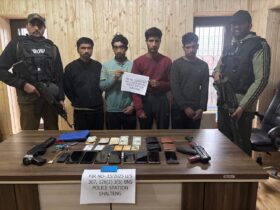



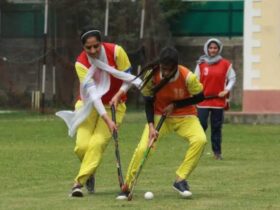
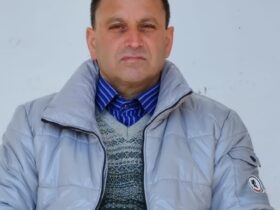
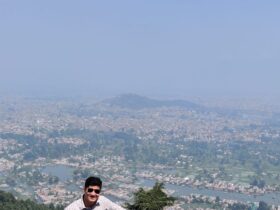
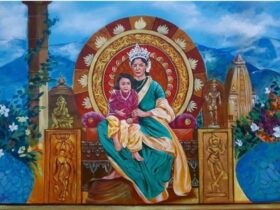

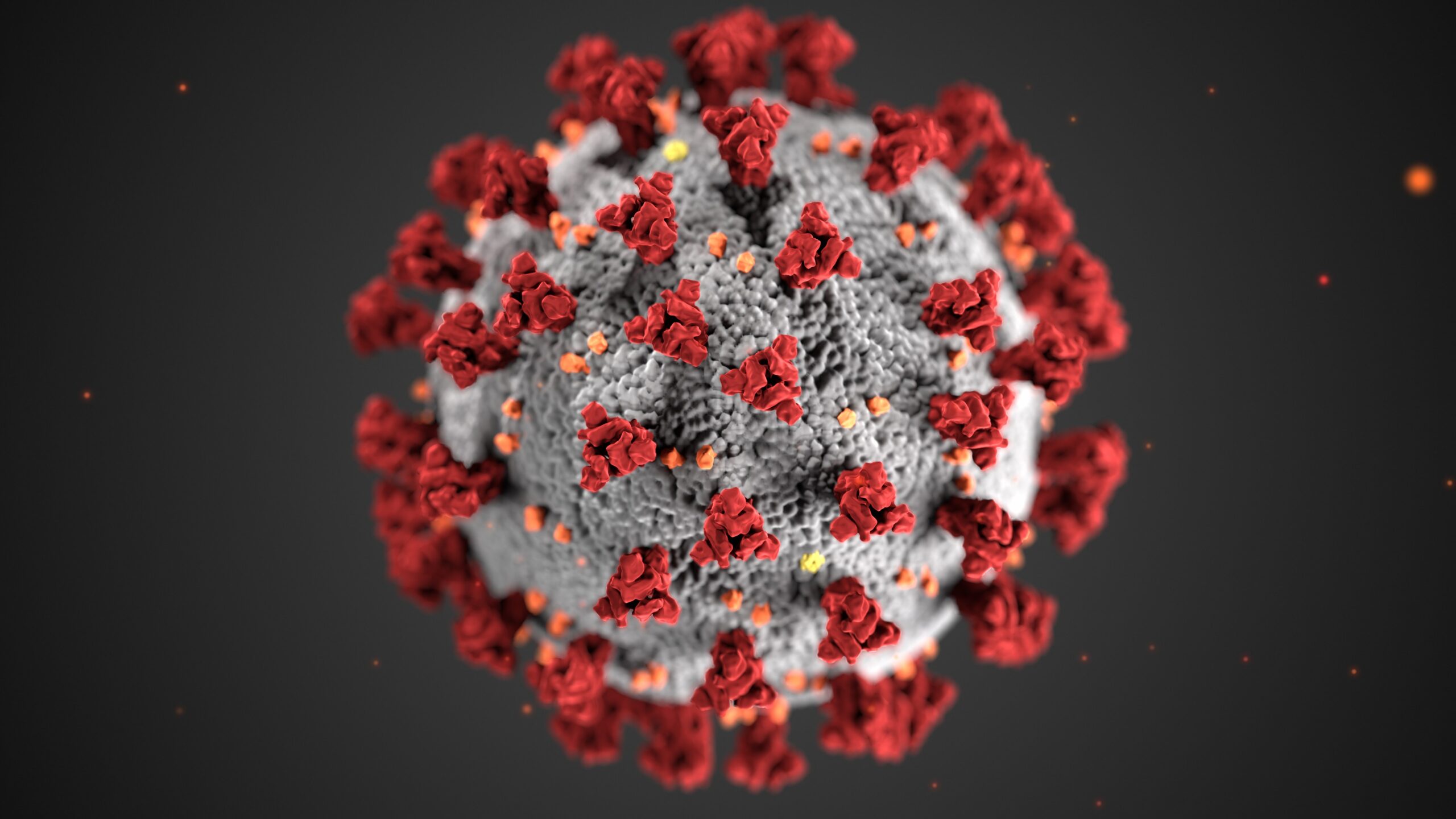
Leave a Reply